When music group Coldplay challenged Newcastle-based Kardinia Energy to design a mobile solar system that could travel the globe with their world tour, Kardinia didn’t start with traditional panels. It started with a wine label printer.
That retooled machine earlier this month helped power Coldplay’s shows in the United States with a rollout of 550 square metres of ultra-light, recyclable printed solar in Kardinia’s North American debut. The solar was used to charge the band’s set of rechargeable batteries that helped power the C stage and backstage operations during the concerts At California’s Stanford Stadium.
The rollout marks one of the largest live-event deployments of mobile solar yet and offers a high-profile test for organic, ink-based photovoltaics.
Kardinia Chief Executive Officer and co-founder Anthony Letmon told pv magazine that Coldplay reached out to the startup a few years ago looking for a solar solution that can be deployed and easily transported.
“They set us a challenge,” he said.
The result is a paper-thin, plastic-based organic PV film weighing just 300 grams per square metre.
Developed by Kardinia’s other co-founder, Paul Dastoor, a physics professor at the University of Newcastle’s Centre of Organic Electronics, the tech skips silicon altogether.

Instead, Kardinia prints carbon-based semi-conducting polymers onto recyclable plastic sheets using a low-cost printing process. The film can be rolled up like a tube of paper for transportation and installed in less than two hours by a two-person crew using only ratchets and cable ties.
Letmon said the deployment at Stanford marks one of the largest real-world demonstrations of mobile solar in a live music setting. And while the output from the solar hasn’t yet been quantified in kilowatt-hours, Letmon said that “what we do know is that all the batteries we needed to charge were charged.”
Kardinia’s modules have been road-tested with Coldplay for more than 18 months, initially in smaller deployments. The latest scale-up was designed to test the technology’s energy output, durability and mobility and demonstrate how printed solar can integrate into a fast-moving global tour.
“It’s an amazing site to see this small army come in, construct an entire tour setup and build a show within 24 to 48 hours,” Letmon said. “We had to figure out how our systems would fit into that and determine how we would need to adjust them to work best in each stadium.”
Though still a niche technology, Letmon noted that printed solar could open up new ground for off-grid, rapidly deployed solar in stadiums, warehouses and beyond.
Letmon acknowledged the panels aren’t as efficient as silicon per square metre but said they’re uniquely suited for surfaces where weight and shape are limiting factors like lightweight roofs or disaster relief tents.
And, unlike conventional solar panels, there’s little worry about end-of-life management, which is all done in-house by Kardinia.
“This is a fully recyclable technology,” Letmon added, noting that the printed panels have been tested for four years on roofs in Australia and are still strong. Even with that potentially shorter lifespan, the low cost and recyclability help the tech pencil out.
“We don’t need a really long lifetime for the printed panels to repay themselves,” he said.
This content is protected by copyright and may not be reused. If you want to cooperate with us and would like to reuse some of our content, please contact: editors@pv-magazine.com.
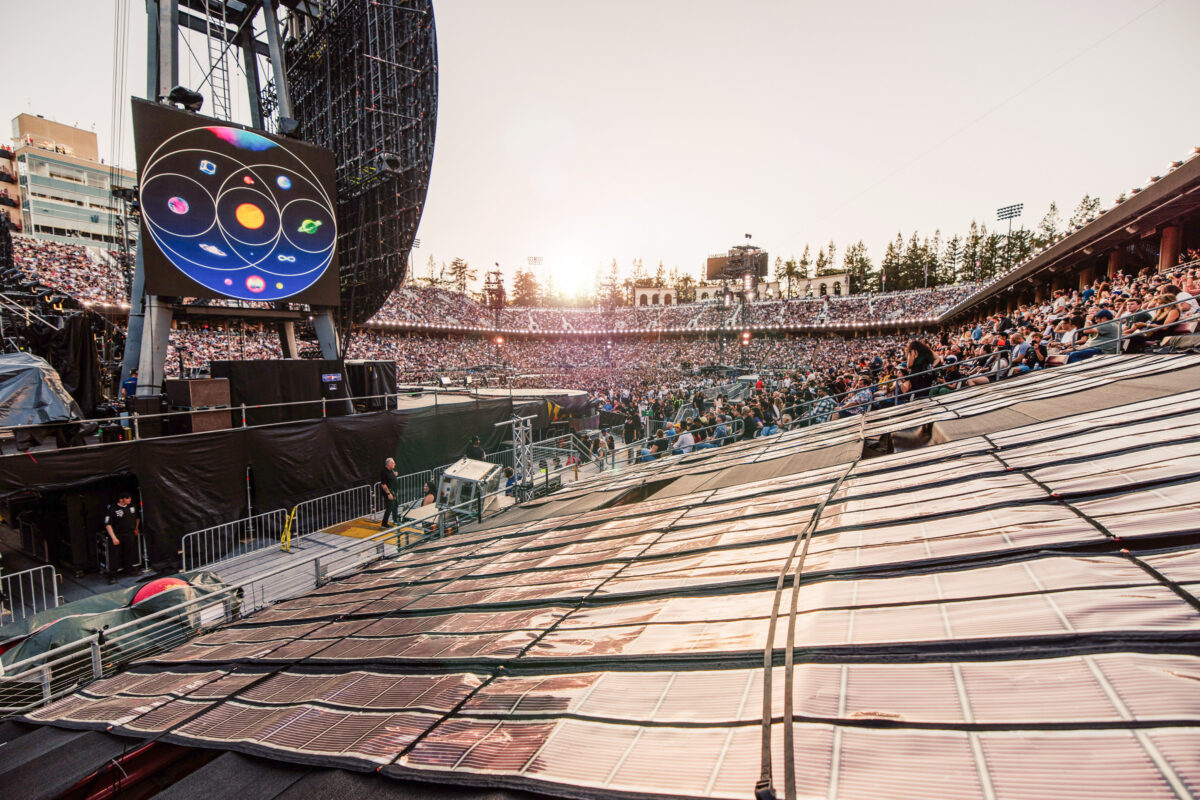
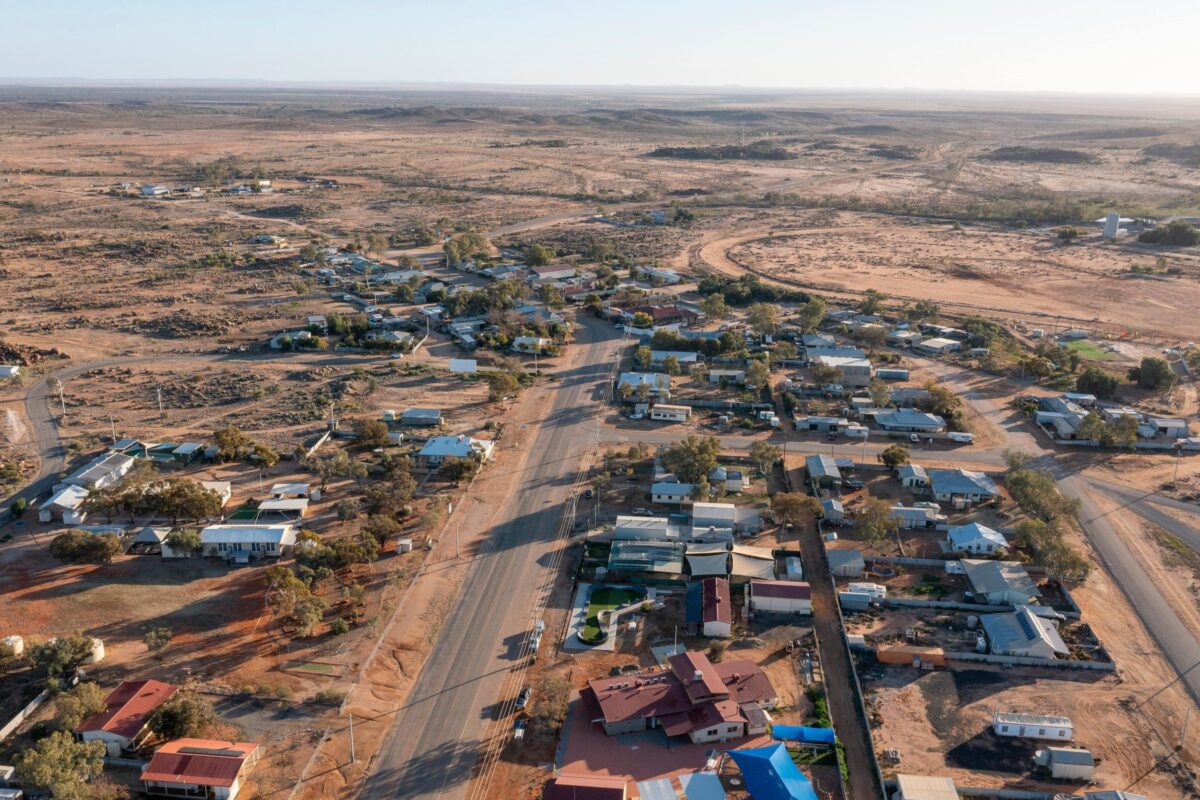


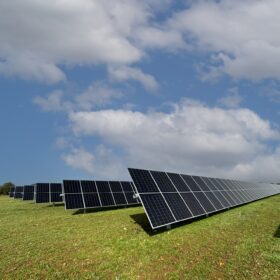
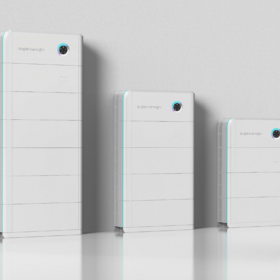
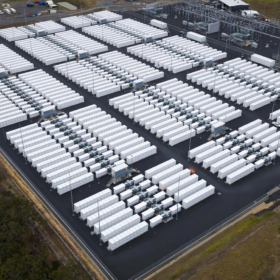
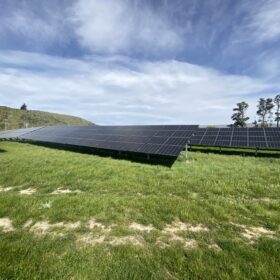
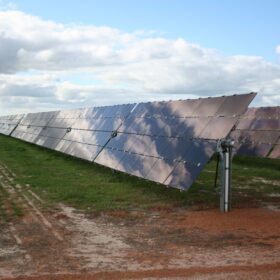
“the output from the solar hasn’t yet been quantified in kilowatt-hours” what a dubious claim. Why can’t they measure the output? Why no efficiency data?
“Even with that potentially shorter lifespan, the low cost..”
Again, numbers would be useful, what is the lifespan? What is the cost?